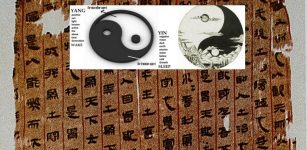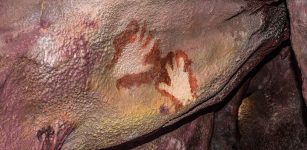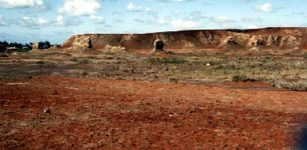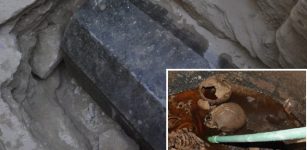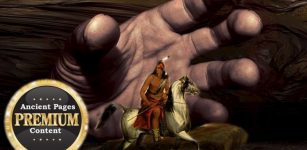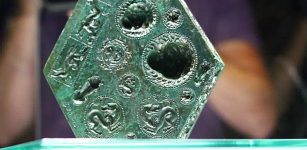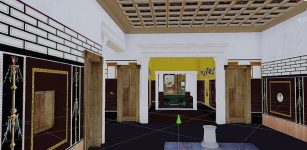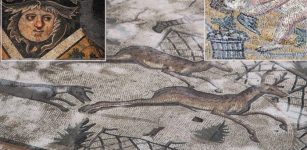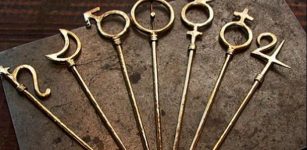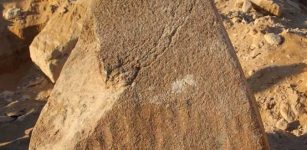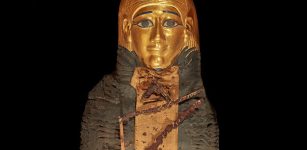On This Day In History: Pakal Ascends The Throne Of Palenque At Age Of 12 – On July 29, 615
AncientPages.com - On July 29, 615, K'inich Janaab' Pakal ascended the throne of the Mayan city-state of Palenque at the age of 12 and ruled until his death.
During his 68-year-long reign from 615 to 683 CE, Pakal supervised the construction or extension of several of Palenque's most inscriptions and architectural monuments.
A reconstruction of Pakal's tomb in the Museo Nacional de Antropología. Image credit: - CC BY-SA 3.0
Lord Pakal was the founder of the Mayan Empire and the first king of the Mayans, and he was considered the most famous of all Mayan kings.
He had many names, such as Pakal the Great, Sun Shield, 8 Ahau, or Pacal. His mother Sak K'uk' preceded the young Pakal as a ruler, and upon his maturity, power was transferred to him on July 29.
He expanded Palenque's power in the western part of the Maya states. He initiated building programs such as temples, palaces, and the central complex, 'The Palace,' which was enlarged and remodeled.
The monuments and texts associated with K'inich Janaab Pakal I are Hieroglyphic Stairway, Oval Palace Tablet, House C texts, Subterranean Thrones, and Tableritos, Olvidado piers, and sarcophagus texts.
After Pakal's death at 80, his son K'inich Kan B'alam took the throne. Pakal was buried in the Temple of Inscriptions, the largest Mesoamerican stepped pyramid structure at the pre-Columbian Maya civilization site of Palenque, located in the modern-day state of Chiapas, Mexico.
It was long believed that Pakal was nothing more than a legend. Everything changed in 1948 when Mexican archaeologist Alberto Ruz Lhuillier found a mysterious tomb that possibly held the remains of the great Maya.
The tomb was finally uncovered in 1952. The skeletal remains were still in the coffin, wearing a jade mask and bead necklaces, surrounded by sculptures and stucco reliefs depicting the ruler's transition to divinity and figures from Maya mythology.
Whether the bones in the tomb are those of Pakal is under debate because analysis of the wear on the skeleton's teeth places the owner's age as 40 years younger than Pakal would have been at his death.
The discovery of his tomb remains one of the most spectacular finds of Maya archeology.
AncientPages.com



